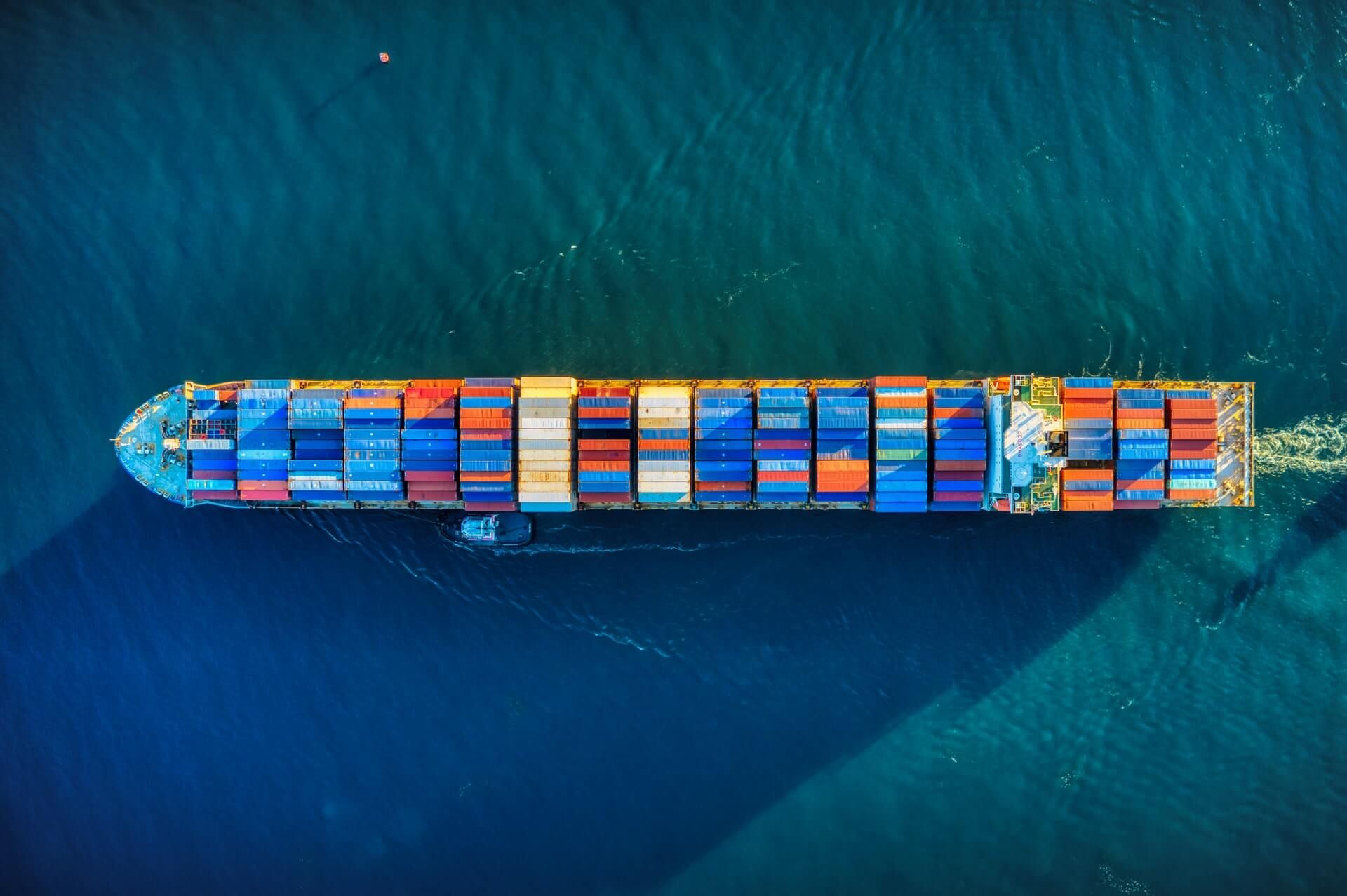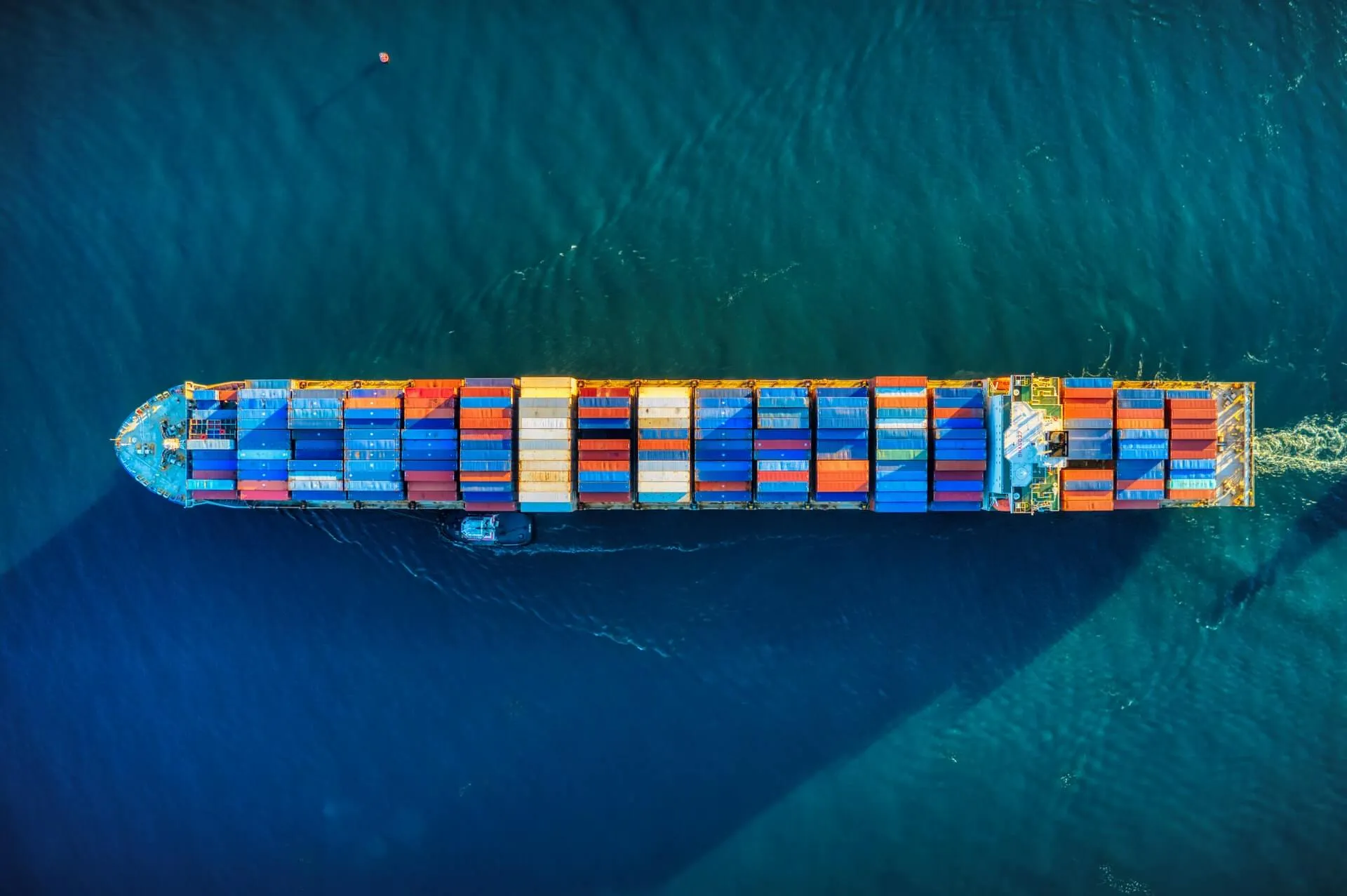
Rails 6: Running on Docker with PHPMyAdmin
One day, I was using my Windows computer. Since the arriving of WSL 2 I wanted to play around with a Rails application. Just for the fun of practicing my Docker skills. The only big requirement for me? Use the Alpine Linux image, well known for the small image size they generate.
After a couple of hours of pain and suffering, I made it. My docker containers were working as expected and it was ready for work. Here, I present all the files and workarounds that I used.
🐳 Dockerfile
First. I created the Dockerfile for the Ruby container. The route was .docker/Dockerfile
FROM ruby:2.7.2-alpineRUN \ # update packages apk update && apk upgrade && \ apk --no-cache add make gcc libc-dev && \ apk add --update --no-cache \ build-base curl-dev git libxslt-dev libxml2-dev ruby-rdoc mysql-dev \ yaml-dev zlib-dev nodejs yarn tzdata
WORKDIR /app
# Required gemsRUN gem install nokogiri -- --use-system-librariesRUN gem install bundler
COPY package.json yarn.lock ./RUN yarn install --check-files
COPY Gemfile Gemfile.lock ./RUN bundle install
COPY . .
# clear after installationRUN rm -rf /var/cache/apk/*
ENV PATH=./bin:$PATH
EXPOSE 3000CMD ["rails", "console"] Do you see that tzdata library? That was giving me errors when I tried bundle install. In short, I just wanted to install all my dependencies without any issues. Inside the container, the app will be located in the /app folder and it comes with the MySQL libraries for a DB integration.
Plus, I added nodejs and yarn as Alpine Linux libraries, we will need them as tools for local development use, specially since Rails relies on Webpacker for frontend development.
📦 Docker compose
After that, we can create our docker-compose.yml file. For this case, we are using a Ruby + MySQL 8.0 + PHPMyAdmin combo. Probably you are wondering, why PHPMyAdmin? That’s because I don’t have any SQL UI tool in my Linux computer and I don’t want to use the command line right now.
version: '3'services: app: container_name: rails_project_backend command: sh -c "bundle install && yarn install --check-files && bundle exec rails s -p 3000 -b '0.0.0.0'" depends_on: - db build: context: . dockerfile: .docker/Dockerfile ports: - "3000:3000" restart: always volumes: - ".:/app" - "node-modules:/app/node_modules" environment: RAILS_ENV: development DATABASE_HOST: db DATABASE_USER: rails_db_user DATABASE_PASSWORD: rails_db_password DATABASE_NAME: rails_db db: container_name: rails_project_db image: "mysql:8.0" environment: MYSQL_ROOT_PASSWORD: password MYSQL_DATABASE: rails_db MYSQL_USER: rails_db_user MYSQL_PASSWORD: rails_db_password volumes: - './dbdocker:/var/lib/mysql' - './dbdocker_init:/docker-entrypoint-initdb.d' ports: - "3306:3306" phpmyadmin: depends_on: - db image: phpmyadmin/phpmyadmin restart: always ports: - '3500:80' environment: PMA_HOST: db PMA_PORT: 3306 MYSQL_USER: root MYSQL_ROOT_PASSWORD: passwordvolumes: node-modules:In the PHPMyAdmin container we need the root password, because we want to execute “powerful” operations over our databases.
The dbdocker and dbdocker_init are extra folders that you can add to your project if you want to execute extra commands into your MySQL container. Remember once you added it to ignore all the content of dbdocker, where the database files will remain. It’s a good practice to create an empty .gitkeep or .keep file in the folder and then ignoring it. Here is the rule that I’d use in my .gitignore
/dockerdb/*!/dockerdb/.gitkeepRemember that you can use a .env file and then add
env_file: - .envto your docker compose file (removing the environment section per container first), if you don’t want to commit your env values or if you change them often.


